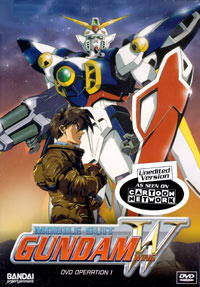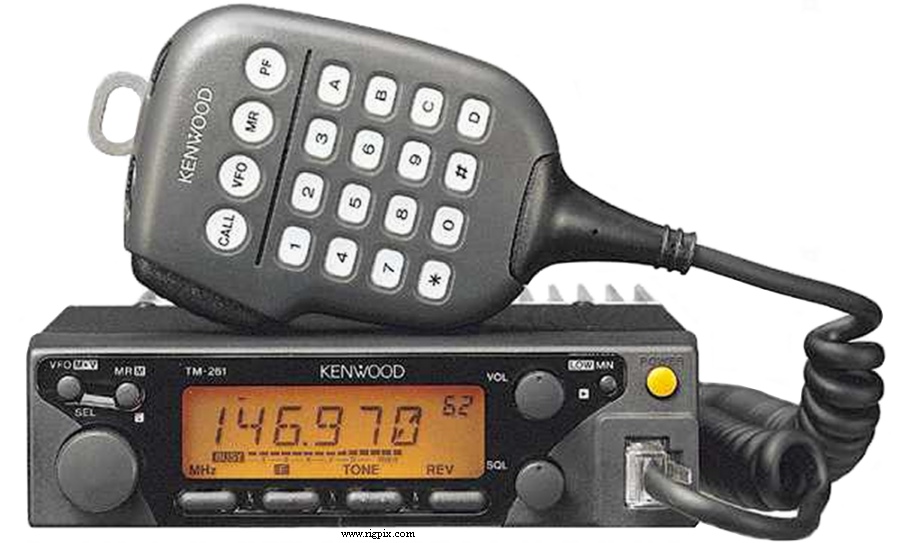Anyways,
I have been doing a lot of thinking over this week, so I do apologize for making a very late post. I have recently received my transcript evaluation from RIT, and it is safe to say that it does not look very good.... Based on what I completed at both SUNY Potsdam and SUNY Canton, RIT has decided it will honor only a small percentage of what I have done at both SUNY colleges into their program. Out of the 126 credits needed to earn the degree I desire at RIT: I have only placed down 30 of them, and still in need of 96 more, taking a lot longer then the desired two years that I am willing to spend there. What attracted me to RIT was the vast amount of student support options they have, from their office of disability services to their unique Spectrum Support Program for students with autism spectrum disorder, to the number of student organizations that RIT has, from their anime club, which hosts Tora-con in the spring, to K2GXT, RIT's Amateur Radio Club that I was looking so forward to being a major part of, and hopefully taking an executive board position in, as well as helping the Rochester Amateur Radio Association with their technician license examination classes.... All it it now is just a faint dream....

(How I really feel when I posted this, just as bad as Little Mac from Punch-Out! When you lose 3 ttimes in one circuit)
However, there is a bit of a silver lining to all of this when you think about it.... I could forward to seeing what SUNYIT could have to offer for me, and it would be a lot easier to have transfer credits honored... I could also have the possibility of starting an amateur radio club there too! I should stop rambling on about my future plans and change things up and talk about a few old TV shows that I used to enjoy as a child/young teenager.
One of the first shows that I watched quite a bit growing up was MXC, or the Most eXtreme elimination Challenge. This TV show aired on Spike from 2003-2007, and was basically a re-dubbing of the Japanese game show, Takashi's Castle from the 1980s. It had some absurd voice acting, and a motif to show a competition between two outrageously different themes, such as Hip-Hop Stars Vs. Horror Film Actors. It had a lot of cheap laughs, thanks to the "hosts," Vic Romano and Kenny Blankenship, voiced by Vic Wilson and Chris Darga respectively who bring this show to real life with cheap innuendos and crazy designs. It is a shame that Spike re-branded itself and decided to not show re-runs of this show on their lineup, but I could be wrong. The series itself can be found on DVD fairly cheaply.

(MXC's Original Logo)
Another TV series I watched incessantly was the Gundam anime series, but particularly, Gundam Wing. It aired on Cartoon Network's original Toonami block on March 6, 2000 in the US and ended its original run on May of that same year. The anime's original run in Japan was from April 1995 to March 1996. I was a little too young to remember most of it, but I am just reliving my former experiences with it on Netflix DVD rental, because the DVDs for this series are very hard to find complete. From what I remember it aired in the afternoon, a cut version of the anime that made it suitable for a TV-Y7 FV rating, and an uncut version that aired late at night (this was before Adult Swim existed.) It is centered around a group of young teenaged Mecha pilots who are loosely working together to stop the System Alliance from taking over Earth. I have just recently refreshed myself with the first 5 episodes, and it seems promising. The main protagonist, Heero Yuy, a 15 year old rebel Gundam pilot who arrived on Earth as part of a covert operation known as Operation Meteor, voiced my Mark Hildreth in the English Dub. Maybe at some point when I finish watching the complete anime, which will be no easy task since there are 10 DVDs, not counting the movie, Endless Waltz, to watch.

(cover for Gundam Wing DVD#1)
I hope you withstood my ramblings for now. I will be back again soon with some ham history, I will leave a poll for you to happily vote on, which I will tally up the results on Wedensday and I will talk about it. Link to the poll
Until next time, this is N2ASD signing all clear.









